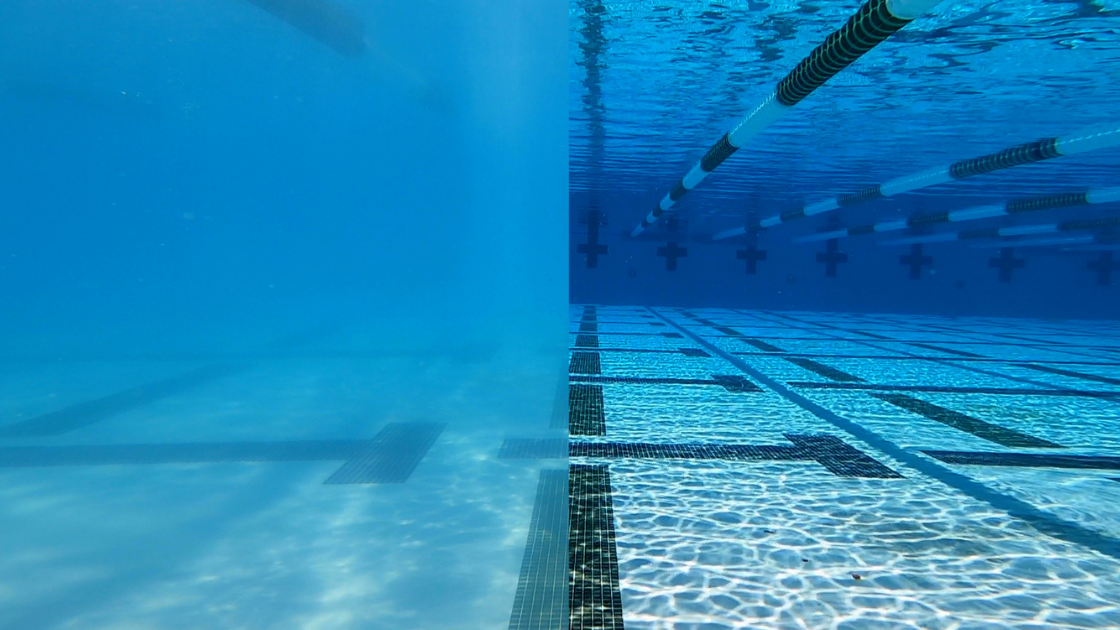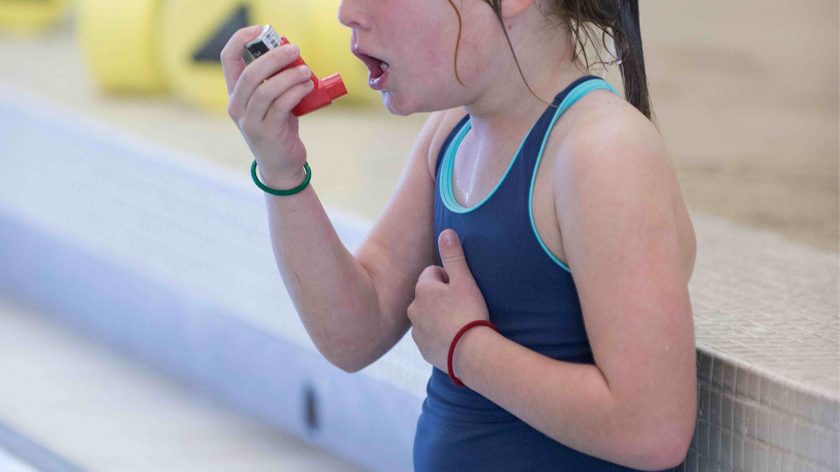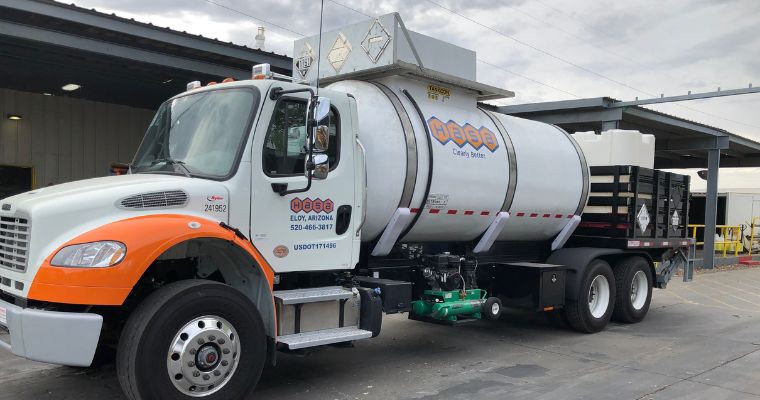Ways to Optimize Chlorine Disinfection Against Coronavirus
In the era of COVID-19, common-sense hygiene and "social distancing" have become a new normal. If killing the virus is the name of the game, we cannot think of a safer place to be than in a properly chlorinated [or brominated] swimming pool. But then again, that's just our opinion.
Disclosure: This article is NOT medical or scientific advice. We are not doctors nor scientists, and we are not pretending to be. Our opinions are based on available information published by doctors and scientists, and framed around what the public already knows about COVID-19.
CDC Pool Considerations
Let's begin with the facts. Or at least, the latest, most reliable information available.
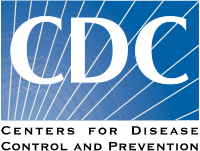 The US Centers for Disease Control (CDC) has published their Considerations for public pools, hot tubs and water playgrounds during COVID-19 online. The document outlines social distancing measures, hand washing and personal hygiene recommendations, facility cleaning requirements and the like. Interestingly, it mentions nothing about being in the water itself, apart from trying to keep people 6-feet apart. Nothing about limiting time in a pool or anything like that.
The US Centers for Disease Control (CDC) has published their Considerations for public pools, hot tubs and water playgrounds during COVID-19 online. The document outlines social distancing measures, hand washing and personal hygiene recommendations, facility cleaning requirements and the like. Interestingly, it mentions nothing about being in the water itself, apart from trying to keep people 6-feet apart. Nothing about limiting time in a pool or anything like that.
This is probably because the CDC has found "no evidence that COVID-19 can spread to people through the water used in pools, hot tubs or water playgrounds." Here is the direct quote from the CDC website:
There is no evidence that COVID-19 can spread to people through the water used in pools, hot tubs, or water playgrounds. Proper operation and disinfection of pools, hot tubs, and water playgrounds should kill the virus that causes COVID-19. Limit close contact with people outside your home in public spaces, both in and out of the water. Get more information about COVID-19 and water.
US Masters Swimming interviewed some experts on the topic in this article:
“I think of all the things you could do, swimming is probably safer than most activities,” Lavin says. But because most pools are housed inside a gym facility or other public space, that presents possibilities for infection before you ever reach the chlorinated water.
So it seems like the primary risk is other people around the pool, but not necessarily in it. You face a larger risk of someone coughing on you than the virus transmitting through the water. Either way, common sense suggests soaking in chlorinated water is inherently less risky than being amongst a crowd of people in other situations. But then again, that's just our opinion, and we love swimming pools.
This is all great news for the swimming public, assuming proper operation and disinfection of recreational water. So let's focus on optimizing chlorine disinfection. As an aside, while we normally focus on indoor swimming pools, today we are talking about both outdoor and indoor pools.
Related: Pool Water Chemistry Resources
Chlorine Disinfection
The strong form of chlorine is called Hypochlorous Acid (HOCl). HOCl kills germs and viruses by attracting to and breaching their cell walls. Once inside the cell of a germ or virus, HOCl destroys it from the inside out. From LiveScience.com:
"Chlorine basically tears apart a germ, shredding its cell membrane and proteins," added Michele Hlavsa, chief of the Centers for Disease Control and Prevention's (CDC) Healthy Swimming Program.
Against viruses, Ostrowski said, chlorine's mode of action is less understood, but it works at shutting down influenza and other illness-causing varieties.
The chemistry of chlorination can be complicated, but what you need to know is a small amount of chlorine–just one part per million (1 mg/L)–is often enough free chlorine to keep water safe. The challenge with sanitization and disinfection is making sure there is enough free chlorine, because the vast majority of chlorine demand is from non-living oxidants, not living pathogens.

How to measure chlorine efficacy
When chlorine oxidizes, it takes electrons that have a negative charge, and those negatively-charged electrons reduce the chlorine. This is what we mean when we say chlorine gets 'used up' or 'consumed'. We can gauge chlorine's efficacy based on the potential speed of these oxidation/reduction reactions, and the measure is called Oxidation-Reduction Potential, or ORP.
Free chlorine levels are tested using test kits, but they can be misleading. For instance, a pool could have 3 or 4 ppm of free chlorine (which is more than necessary in most cases), but if that pool is outdoors, it could also suffer from overstabilization if it has high cyanuric acid (CYA) levels. If that's the case, that 3 or 4 ppm of free chlorine could be bound to CYA, which is significantly weaker and slower than HOCl at disinfection and oxidation. If the pool is indoor, without CYA, higher pH will lower the percentage of HOCl, which also weakens chlorine. If the pH is over 7.5, more than half of the free chlorine will be Hypochlorite Ion (OCl-) over 100x slower and weaker than HOCl. The higher the pH, the weaker the chlorine–but again, only in pools without CYA.
So a free chlorine test will not tell the entire story. Much of the chlorine could be isocyanurate (chlorine bound to CYA), or weak OCl-. That's why cross referencing with ORP is a wise strategy, because it tells us how effective chlorine actually is. And chlorine efficacy is what matters most.
Ways to supplement chlorine
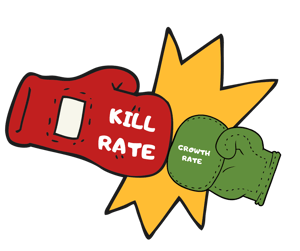 To optimize chlorine disinfection, we must address factors that both weaken chlorine strength, and reduce chlorine levels.
To optimize chlorine disinfection, we must address factors that both weaken chlorine strength, and reduce chlorine levels.
Sanitization is basically a race between the killing rate of chlorine (or bromine) versus the growth/reproduction rate of a living contaminant. Disinfection is killing contagious and/or harmful pathogens, whereas sanitization includes living microorganisms like algae.
In the sanitization race, the strategy to prevent outbreaks is to both optimize the kill rate, AND minimize the growth rate. Against a virus like COVID-19, the growth rate is largely out of our control, and we simply do not have enough information about it. What we can do is optimize chlorine by supplementing it.
Weak chlorine
Hands down, the factor that weakens chlorine in outdoor pools the most is CYA. Too much CYA leads to overstabilization, and it makes chlorine weaker by orders of magnitude. To quote Richard Falk, perhaps the nation's leading expert on cyanuric acid and chlorination:
The primary oxidizing and sanitizing compound is hypochlorous acid, while hypochlorite ion and the chlorinated isocyanurate compounds (chlorine attached to CYA) have orders of magnitude lower oxidizing or sanitizing capability. - Richard A. Falk
For indoor pools, high pH largely drives the strength of chlorine (%HOCl). To combat both of these, simply use non-stabilized chlorine–ideally on an automated feed system–and keep pH under control.
Things that reduce chlorine (oxidant demand)
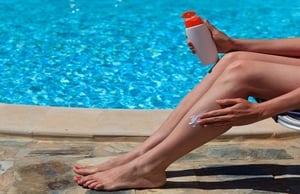 Chlorine gets consumed primarily on oxidants, as mentioned earlier in this article. The first things chlorine oxidizes are metals like iron, copper, and manganese. Metals reduce chlorine rapidly.
Chlorine gets consumed primarily on oxidants, as mentioned earlier in this article. The first things chlorine oxidizes are metals like iron, copper, and manganese. Metals reduce chlorine rapidly.
Finally, there are non-living organics, which are the vast majority of chlorine's demand, especially in busy commercial pools. Non-living organics consume the bulk of chlorine by far, and include bather wastes like body oils, sweat, mucous and saliva. They also include body products which take even more chlorine to oxidize–due to their molecular complexity–like sunscreen, cosmetics, lotions, deodorants and other products. These non-living organics absolutely dominate the chlorine demand in a swimming pool.
According to the Wisconsin Department of Natural Resources:
"Disinfection cannot proceed until the oxidant demand has been destroyed." - Bowman and Mealy, 2007
So metals are the first priority, nitrogen compounds second, then the bulk of the oxidants, non-living organics. And according to the DNR slideshow hyperlinked above, disinfection cannot proceed until the oxidant demand has been destroyed. So if you want to make water safe via disinfection, addressing the oxidant demand is paramount.
How to reduce oxidants in a pool
First, metals. Metals can be removed with specialized metal filters. This is not always practical, but on an initial fill-up it can be very helpful, especially in areas that have high metal content in the tap water (we're looking at you, Midwestern states). If filtration is not a feasible option, you can use a chelating or sequestering agent to bind with metals, which prevents chlorine oxidation. Consider an NSF-50 Certified chelating agent like Orenda's SC-1000, NextGeneration's MSI, or Natural Pool Products' NaturallyFREE. These chelants bind to metal atoms' electrons so they cannot be stolen by an oxidizer like chlorine. It requires a weekly maintenance dose if metals are in the tap water (refill water), and is effective at preventing stains.
Second, nitrogen compounds. While it would be nice if swimmers would shower before swimming, and even nicer if they would not pee in the pool, these are unrealistic expectations of competitive swimmers. nitrogen compounds–primarily urea–are inevitable. As of now, the only ways to reduce them are with an Ozone system, or through the breakpoint chlorination process, which will create combined chlorine (chloramines), and eventually break them down into nitrates. Nitrates cannot be removed except by draining and diluting, unless using a highly dense filter like reverse osmosis (R.O.).
And that leaves the biggest oxidant demand of them all: organics. Organics can also be addressed by Ozone, but since it is a point-of-contact system, ozone's ability to get organics out is limited. The real answer here is using NSF-50 Certified enzymes. And not just any enzymes. Commercial pools, especially busy ones, need enzymes strong enough to handle dense bather loads. Residential-grade enzymes that you can buy at a retail store often fail. They're great for a backyard pool that gets used once a week, but not for a swim school or summer pool with hundreds of people a day. The NSF-50 Certified enzymes we have seen work well in the commercial pool industry are CV-600 or CV-700 by Orenda, AAD by NextGeneration Water Science, and SimplyPURE by Natural Pool Products.
Enzymes devour, and circulate alongside chlorine throughout the entire pool and system. They break down and digest carbon-chain organic wastes, which significantly lower the energy required for chlorine to finish the job. They make an enormous impact on water quality and chlorine efficiency, so that free chlorine is able to have more in residual for doing what it does best: kill germs and viruses.
Conclusion
 Optimizing chlorine is essential for keeping water safe from germs and viruses like COVID-19. According to the research, the best way to optimize chlorine disinfection is to assist it against harmless oxidants like non-living organics. Reducing chlorine's oxidant demand means it can be more efficient in its primary job, which is sanitization and disinfection.
Optimizing chlorine is essential for keeping water safe from germs and viruses like COVID-19. According to the research, the best way to optimize chlorine disinfection is to assist it against harmless oxidants like non-living organics. Reducing chlorine's oxidant demand means it can be more efficient in its primary job, which is sanitization and disinfection.
So on the one hand we can optimize chlorine's strength by avoiding overstabilization with cyanuric acid (outdoor pools only, as indoor pools do not use CYA), and by supplementing it with a secondary disinfectant like UV or Ozone. On the other hand, we can optimize chlorine's efficiency by addressing the oxidant demand that reduces it. The best strategy we have seen is to use a secondary system and NSF-50 certified commercial-grade enzymes.
For more information, feel free to contact us. Thanks for your time, and stay safe out there.

 By
By

